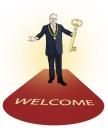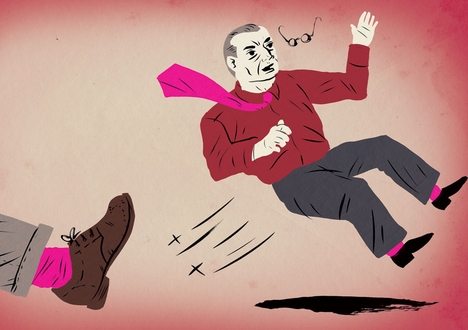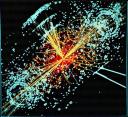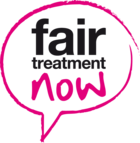Service Recovery Turns on Customer’s Frame
Wednesday, September 15th, 2010Service failure is a serious affair. Approximately 15% of front line service workers report experiencing daily abuse from angry customers that feel the company has somehow failed them. How well the organization recovers from service failures – from both the service worker and customer perspectives – can mean big bucks. Not surprising, effective service recovery is a matter of cognitive design requiring good insight into how the minds of employees and customers really work. So I am always on the lookout for new scientific studies with designable insights.
 Take for example, recent research from the University of Bath, Brands that Promise the World Make Consumers Feel Betrayed. Researchers found that marketing that over promises can result in customers taking service failures as a personal affront. You tell someone they are special, like family or even a king and then don’t treat them that way when they arrive. This generates consumer conflict – angry, abusive and resentful behavior. Recovering from that is very different from what must be done with customers that frame service failure in a task-based way or as a matter of procedural failure not personal affront.
Take for example, recent research from the University of Bath, Brands that Promise the World Make Consumers Feel Betrayed. Researchers found that marketing that over promises can result in customers taking service failures as a personal affront. You tell someone they are special, like family or even a king and then don’t treat them that way when they arrive. This generates consumer conflict – angry, abusive and resentful behavior. Recovering from that is very different from what must be done with customers that frame service failure in a task-based way or as a matter of procedural failure not personal affront.
More specifically:
“Consumers who frame conflict in a task-based way are more focused on ensuring a practical outcome and less likely to become angry. They’re more receptive to genuine efforts by the company to restore the service and more likely to continue with the relationship…..
For consumers who frame conflict in a personal way offering compensation or restoring the service can actually make things worse. It’s more about admitting fault and going off script to acknowledge they’re in the wrong and apologise.”
This has clear implications for cognitive designers working on service recovery processes and training.











